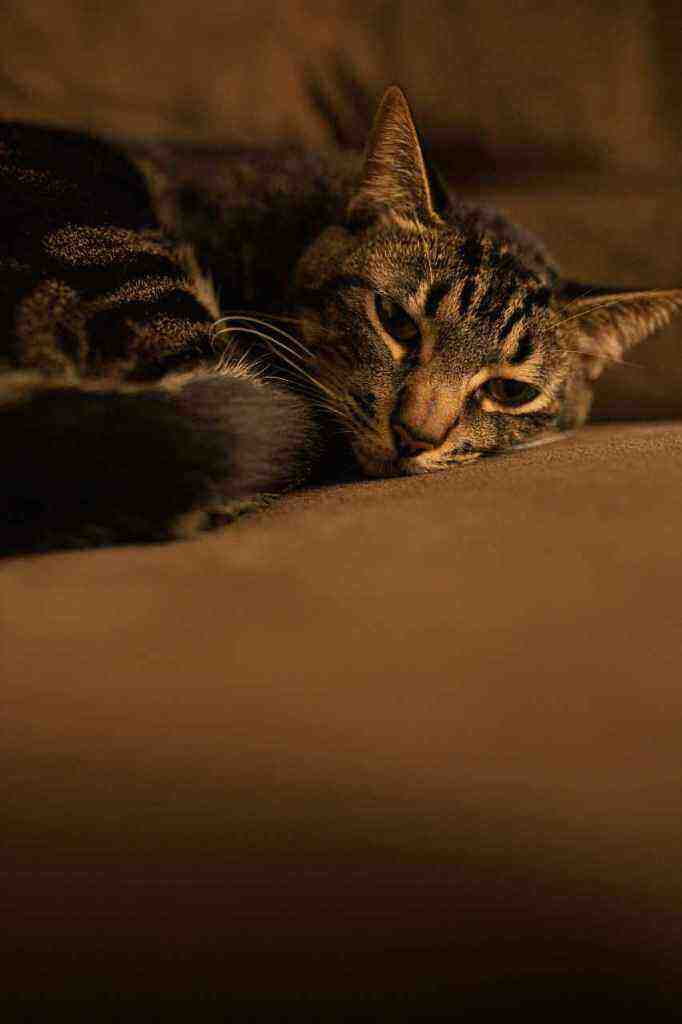In the Heart of the Louvre: Climate Activists Make a Bold Statement
In a daring act of protest, two resolute activists from the collective Riposte Alimentaire (Food Retaliation) targeted one of the world’s most iconic artworks, Leonardo da Vinci’s “Mona Lisa,” at the hallowed halls of the Louvre Museum in Paris.
A Shocking Display of Protest
On a Sunday afternoon in 2024, the Louvre Museum witnessed an audacious act of protest that sent shockwaves through the art world and beyond. Two women, armed with cans of red liquid, approached the “Mona Lisa,” deftly navigating through the throngs of visitors. With swift and determined motions, they splashed the liquid onto the protective glass encasing the masterpiece, creating a stark contrast against the serene smile of the Mona Lisa.
The Message Behind the Act
The activists’ actions were not merely a reckless act of vandalism; they were a carefully orchestrated statement, a cry for attention in the face of a looming climate crisis. Riposte Alimentaire, the activist group responsible for the protest, has long been at the forefront of advocating for sustainable food systems and supporting farmers. They believe that the French government has failed to uphold its climate commitments, leading to a dire situation where access to healthy food is a privilege, not a right.
Their audacious act at the Louvre was a symbolic representation of this failure. By targeting the “Mona Lisa,” one of the world’s most recognizable and revered artworks, they aimed to disrupt the status quo and force people to confront the harsh realities of climate change.
Reactions and Consequences
The aftermath of the protest was a mix of outrage, condemnation, and cautious reflection. Some condemned the activists’ actions as disrespectful and damaging to a priceless work of art. Others, however, recognized the underlying message, acknowledging the urgency of addressing climate change.
The Louvre Museum, while condemning the attack on the painting, confirmed that no damage was done to the artwork, thanks to the protective glass installed in 2005. The museum also announced its intention to file a complaint with the authorities.
The incident also reignited the debate about the role of art in social and political discourse. Some argued that art should remain untainted by political agendas, while others maintained that art has a responsibility to reflect the concerns of society.
A Call to Action
The protest at the Louvre served as a wake-up call, urging individuals and governments to take decisive action to mitigate the effects of climate change. It highlighted the need for a fundamental shift towards sustainable practices, particularly in the realm of food production and consumption.
The activists’ message resonated with many, inspiring discussions and debates about the future of our planet. It remains to be seen whether this incident will be a catalyst for meaningful change, but one thing is certain: the world is watching, and the time for action is now.
Additional Information
- The “Mona Lisa” is one of the most famous paintings in the world, attracting millions of visitors to the Louvre Museum each year.
- Leonardo da Vinci painted the “Mona Lisa” in the early 16th century. The painting’s enigmatic smile has been the subject of much debate and speculation over the centuries.
- The Louvre Museum is one of the largest and most visited museums in the world, housing a vast collection of artworks spanning various periods and cultures.
- Riposte Alimentaire is a French activist group focused on promoting sustainable food systems and supporting farmers. The group has organized numerous protests and campaigns to raise awareness about these issues.
- Climate change is a pressing global issue, with far-reaching consequences for the environment, society, and the economy. Urgent action is needed to mitigate its effects and ensure a sustainable future for the planet.
